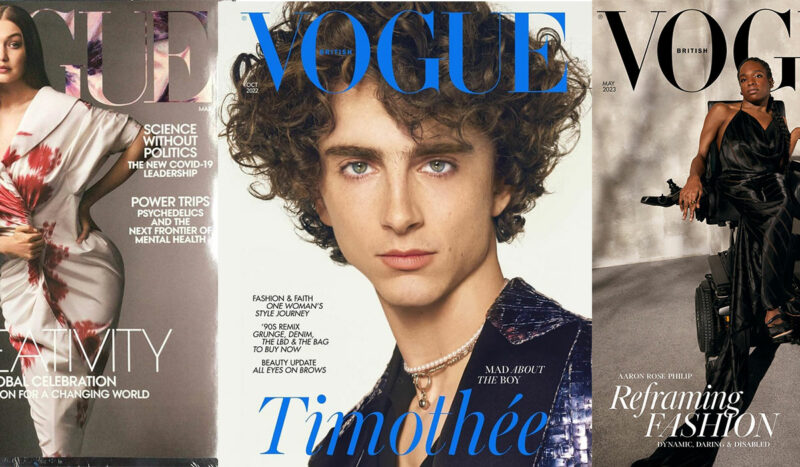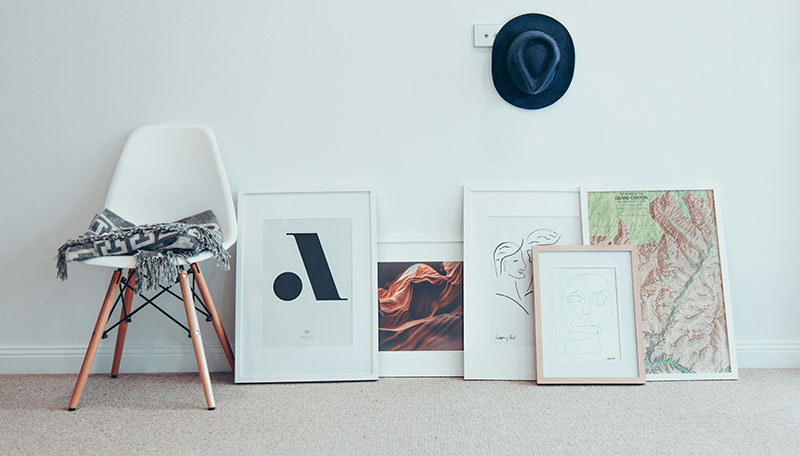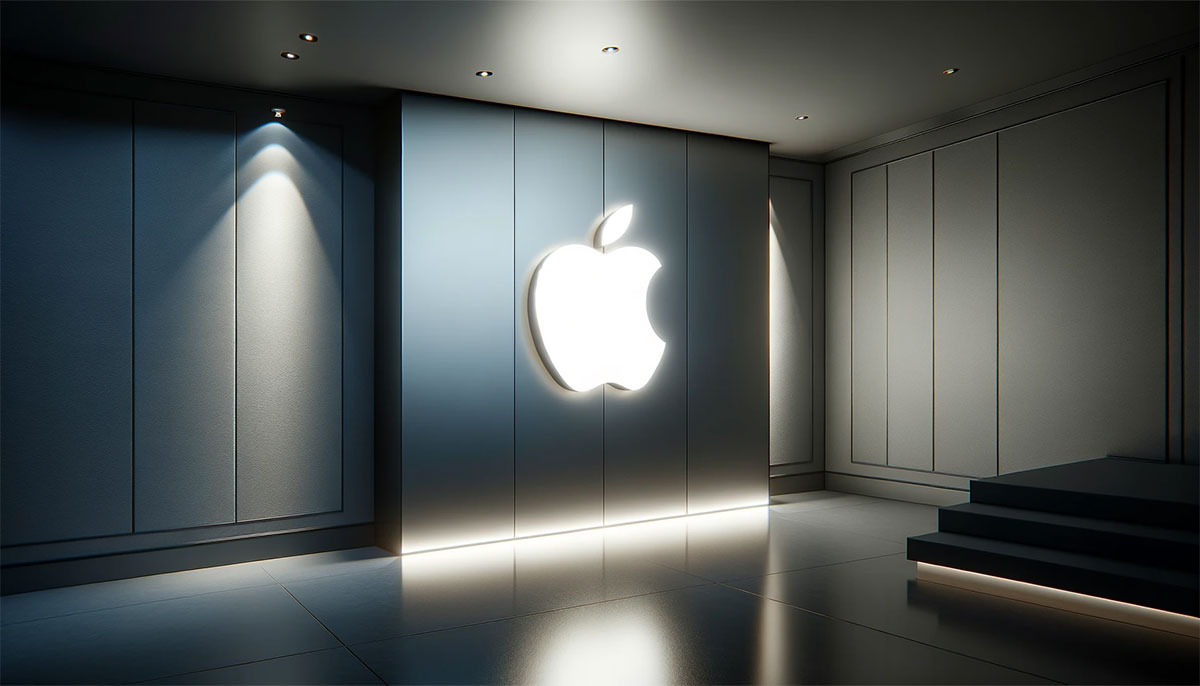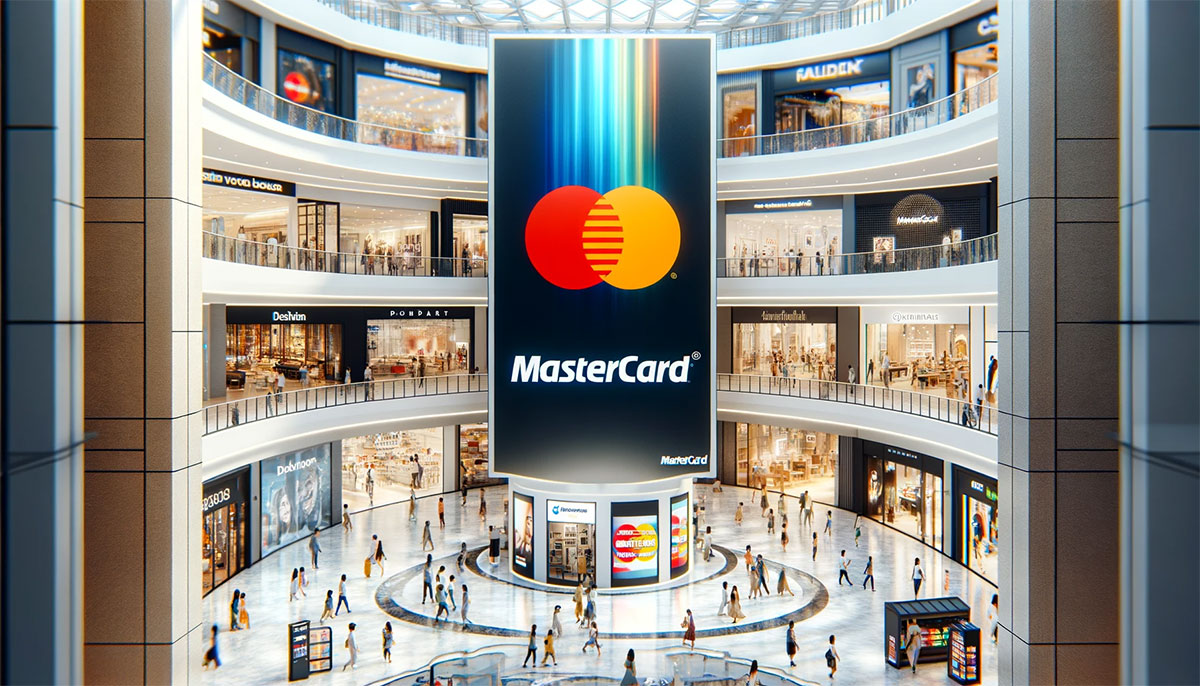Behind the Shapes: Exploring Logo Design Psychology
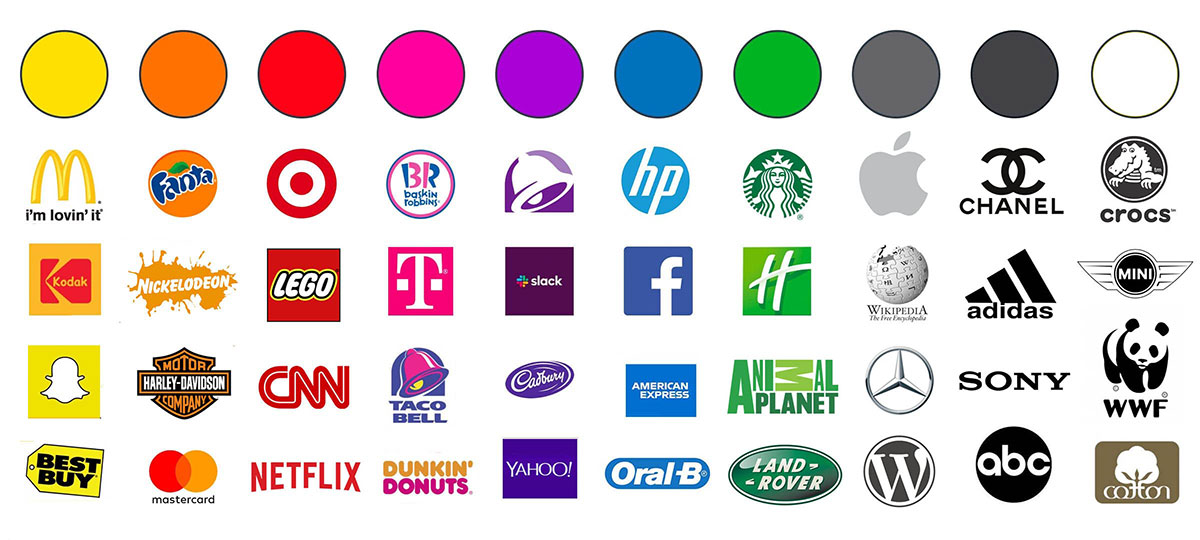
Imagine this: You’re walking down a busy street, eyes darting from one storefront to another. Suddenly, a logo catches your eye. It’s simple, yet speaks volumes. That’s the power of logo design psychology at play. It’s more than just a pretty symbol; it’s a silent storyteller, weaving tales of brand identity and consumer perception.
In this dive into the world of logos, we’ll unravel how a well-crafted logo can be a game-changer in branding and marketing strategies.
As a designer, I’ve seen firsthand the impact of color theory, typography, and design aesthetics on logo creation. They’re not just elements; they’re the emotional hooks that latch onto your audience.
By the end of this exploration, you’ll grasp how emotional branding and visual communication shape customer engagement.
We’ll explore everything from graphic design elements to the subtleties of consumer behavior. Prepare to see logos in a new light, where every curve, color, and font choice is a deliberate step in crafting a brand’s visual identity.
The Psychology of Color in Logo Design
Emotional and Psychological Impact of Colors
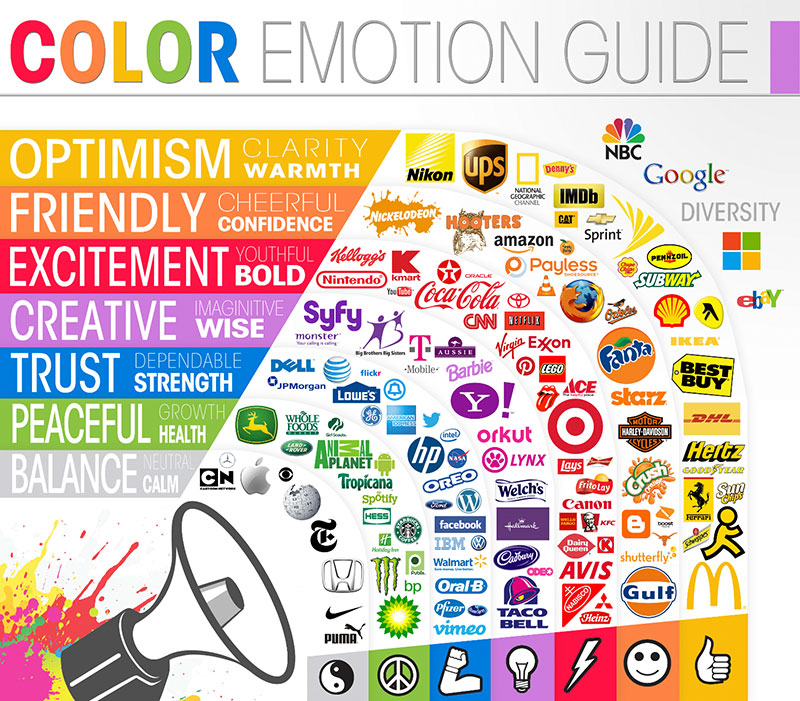
Ever noticed how some logos just feel right? It’s not magic; it’s logo design psychology at work, especially with colors. Colors are like a secret language.
They talk directly to our feelings, no words needed. When you see a logo with warm colors like red or yellow, it might give you a cozy, energetic vibe.
That’s because these hues are all about excitement and warmth. On the flip side, cool colors like blue or green? They’re the calm, trust-building types. It’s fascinating, right?
Colors don’t just pop up randomly in logos. They’re chosen for a reason. Think about brand identity.
A color can make you think of a brand without even seeing its name. That’s powerful stuff. And it’s all part of the big picture in visual communication.
The Positive and Negative Associations of Various Colors
Colors have personalities, believe it or not. Each one can be a hero or a villain, depending on how it’s used.
Like, red can scream ‘danger’ or whisper ‘passion’. It’s all about context. And in logo design, getting that context right is crucial.
It’s a delicate balance of color theory and understanding consumer perception.
Cultural Influences and Context in Color Interpretation
Color interpretation isn’t universal. What’s happy and bright in one culture might be a no-go in another.
It’s a global conversation, and staying tuned into these cultural nuances is key. A well-thought-out color choice in a logo can bridge gaps between cultures, creating a global brand identity.
The Psychology of Shape in Logo Design
Geometric Shapes
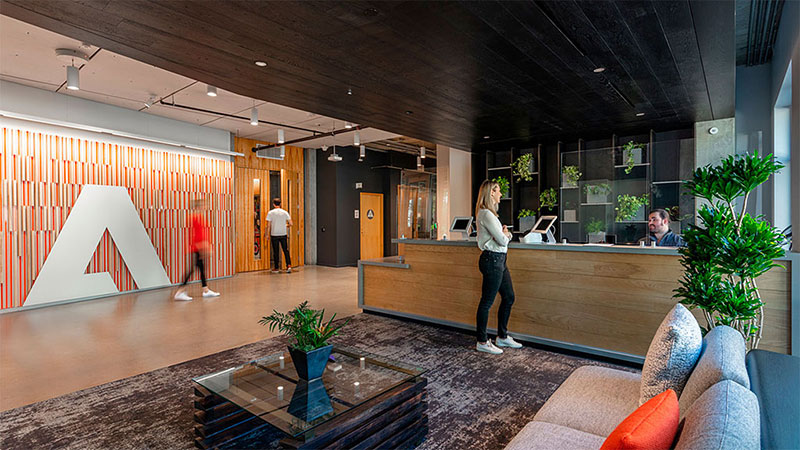
Shapes in logos? They’re silent storytellers. Take geometric shapes: squares and rectangles spell out stability and reliability.
It’s like saying, “You can count on us” without uttering a word.
Circles, oh, they’re the harmonious ones. They talk about unity and timelessness.
And triangles? They’re all about action, direction, and a bit of edginess.
Squares and Rectangles for Stability and Reliability
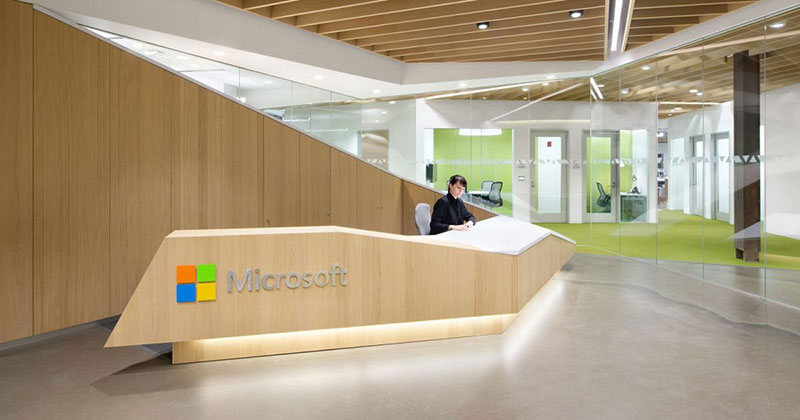
When you see a logo with a square or rectangle, think of it as a handshake. It’s a sign of trust and a promise of reliability.
It’s no wonder that many corporate giants lean towards these shapes.
Circles for Harmony, Unity, and Timelessness
A circle in a logo is like a friendly hug. It’s welcoming and speaks of unity.
Brands that want to portray themselves as friendly and approachable often circle back to this shape. It’s a timeless choice, really.
Triangles for Power, Stability, and Direction
Triangles? They’re the go-getters. With their sharp angles, they point towards power, progress, and a sense of direction.
They’re the movers and shakers in the shape world of logo design psychology.
Organic and Abstract Shapes
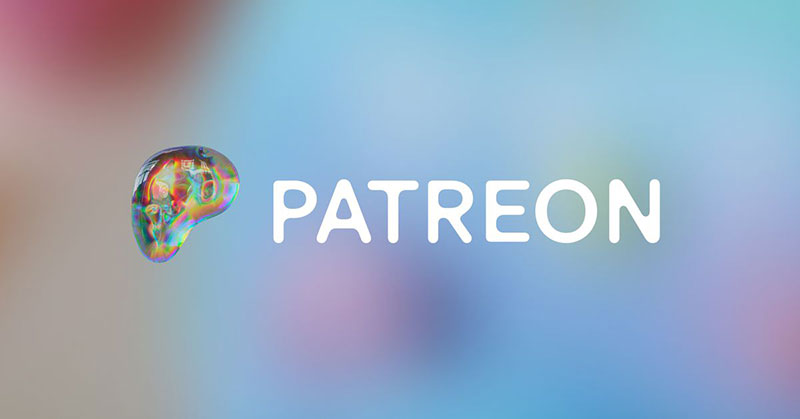
Then there’s the world of organic and abstract shapes. These are the wild cards.
Organic shapes bring a natural, soothing vibe, perfect for brands looking to create a calm, nurturing image. And abstract shapes? They’re the cool kids. They’re all about modernity, originality, and standing out.
Natural Forms for Soothing and Calming Effects
These shapes are like a breath of fresh air. They bring in a bit of nature, a sense of calmness.
It’s a subtle nod to the natural world, a way to bring in some tranquility.
Abstract Shapes for Modernity, Originality, and Distinctiveness
Abstract shapes are the trendsetters. They break the mold, bringing in an element of surprise and creativity. They’re perfect for brands that want to say, “We’re different.”
The Psychology of Fonts in Logo Design
Emotional Responses to Font Styles
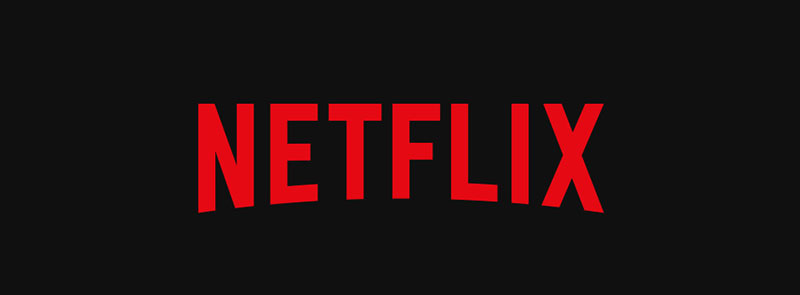
Let’s talk about fonts in logos. They’re like the voice of a brand. Ever seen a logo and felt something? That’s the font working its magic. Serif fonts? They’re the classic ones.
You know, like what you see in newspapers. They scream professionalism and trust. Sans serif fonts are the clean, modern kids on the block.
They’re all about being easy-going and approachable.
Fonts are a big deal in logo design psychology. They’re not just about looking good.
They’re about feeling right. It’s like wearing the perfect outfit on a first date. You want to make the best impression, right? Fonts do that for brands.
Font Choices Reflecting Brand Personality and Audience Expectations
Choosing the right font is like picking the right words. You want to hit the right note with your audience.
A tech company might go for something sleek and modern. A bakery? Maybe something more fun and whimsical. It’s all about matching the font with the brand’s vibe.
Impact of Font Style on Brand Perception and Message Communication
Fonts tell a story. The right font choice can elevate a brand, make it stand out. It’s a subtle art, choosing the font that communicates the right message.
Too bold and you might come off strong. Too playful, and you might not be taken seriously. It’s a balancing act.
The Psychology of Lines in Logo Design
Communicating Through Lines

Lines in logos are like the unsung heroes. They do so much, silently. Thin lines, thick lines, straight or curvy – each type sets a different tone.
Thin lines are all about elegance and finesse. Thick lines? They shout strength and boldness.
Lines are the backbone of logo design psychology. They guide the eye, create a sense of movement, or bring stability.
It’s like directing a movie, where every scene matters.
Thin vs. Thick Lines for Elegance or Strength
Think of lines as the personality traits of a logo. Thin lines are the sophisticated ones, often seen in high-end brands.
They’re like a whisper, gentle but impactful. Thick lines are the opposite. They’re the loud voice in a room, impossible to ignore. They embody strength and presence.
Straight vs. Curved Lines for Order or Dynamism
Straight lines are all about order and precision. They’re the rulers, the ones that bring structure.
Curved lines, on the other hand, are the dancers. They bring energy, movement, and a sense of freedom. It’s amazing how much emotion a simple line can convey.
Horizontal, Vertical, and Diagonal Lines for Stability, Dignity, and Movement
Horizontal lines are the calm ones. They bring a sense of peace and stability.
Vertical lines stand tall, representing dignity and strength. And diagonal lines? They’re always on the move, creating a sense of action and dynamism.
Composition and Layout in Logo Design
Strategic Arrangement of Elements
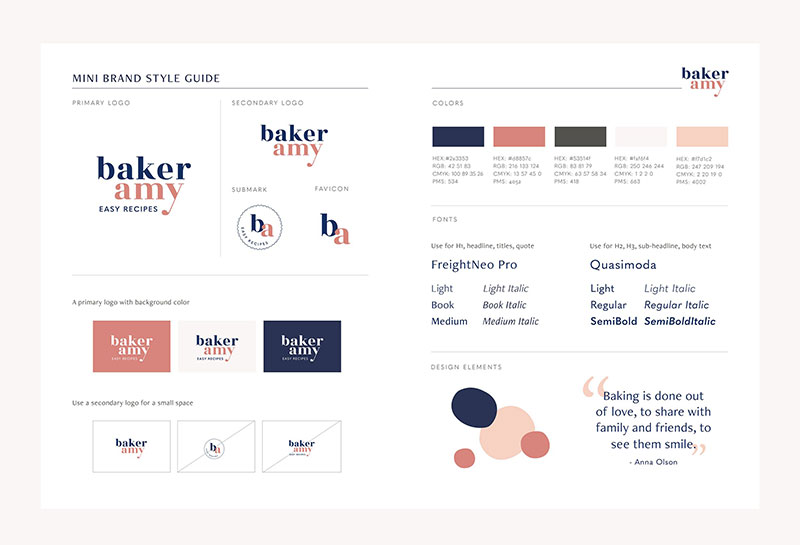
So, let’s dive into the world of composition and layout in logos. It’s like setting up a stage where every actor, or in this case, every design element, plays a vital role.
The way these elements are arranged? It can make or break a logo.
Think of it this way: A logo is a puzzle where each piece needs to fit just right.
The size, placement, and even the spacing between elements – they all tell a story. Bigger elements grab attention, right? They’re like saying, “Hey, look at me first!” Smaller bits add the details.
And spacing, oh, it’s crucial. Too cramped, and the logo feels cluttered.
Too sparse, and it might seem disconnected. It’s all about finding that sweet spot.
Size and Placement for Denoting Importance
In logo design psychology, size and placement are the silent influencers. They subtly tell you what’s most important.
Place something in the center, and boom, it’s the star of the show. Tuck it on the side, and it’s like a supporting character, still important but not the main focus.
Spacing and Layering for Visual Relationships and Coherence
Spacing is like the breathing room for elements. Get it right, and the logo feels harmonious. Layering? It’s the art of depth.
It adds layers (literally) to the story, creating a richer, more dynamic logo.
Balance and Symmetry for Conveying Formality and Stability
Ever seen a perfectly balanced logo? It’s satisfying, right? Balance brings a sense of calm, a feeling that everything’s in the right place.
Symmetry? It’s the classic beauty. It speaks of formality, stability, and trust.
Logo Design Testing and Feedback
Importance of Audience Perception
Now, onto testing and feedback. This is where the rubber meets the road. You can design a logo that looks great, but what if it doesn’t click with the audience?
That’s a miss. Testing it with real people, your target audience, gives you insights you can’t get anywhere else.
It’s like a reality check. Does your logo resonate with the audience? Does it communicate what you intended?
This feedback is gold. It can guide you to tweak and refine your design to perfection.
Testing Logos with Target Audiences for Effectiveness
Testing isn’t just showing the logo and asking, “You like?” It’s deeper.
It’s about understanding how the logo makes the audience feel, what it makes them think of. It’s a peek into the audience’s mind.
Gathering Feedback to Refine Logo Design
Feedback is the final piece of the puzzle in logo design psychology. It’s listening to what people say and, more importantly, what they don’t.
Sometimes, the unsaid speaks volumes. This feedback helps in fine-tuning the logo, making sure it’s not just good, but great.
FAQ On Logo Design Psychology
How Does Color Influence Logo Design?
Color is a big player in logo design psychology. It’s like a quick chat with your brain, telling you how to feel about a brand without words.
Red can mean excitement, blue trust, and green health.
It’s about tapping into those color associations to craft a logo that resonates with the brand’s vibe.
Can Shape Affect the Perception of a Logo?
Absolutely. Shapes are like the body language of logos. Circles talk about unity and harmony, squares shout stability, and triangles are all about action. It’s like choosing the right gesture to communicate your brand’s personality.
Why is Font Choice Crucial in Logo Design?
Font choice is key in logo design psychology. It’s the tone of voice in a conversation. Serif fonts can convey trustworthiness and tradition, while sans serif fonts are more modern and approachable. It’s about matching the font style with the brand’s character.
What’s the Role of Lines in Logo Design?
Lines in logos aren’t just for show. They communicate feelings and actions. Straight lines suggest order and stability, while curved lines are about movement and energy. It’s like using different postures to express different emotions.
How Important is Symmetry in Logo Design?
Symmetry in logos is like a handshake – it’s a sign of balance and reliability. Symmetrical logos often feel harmonious and professional, making them appealing for brands that want to project stability and trust.
Does Logo Design Psychology Influence Consumer Behavior?
Logo design psychology directly influences consumer behavior. It’s like a visual whisper in the customer’s ear, subtly shaping their perception and decisions. A well-designed logo can attract customers, build trust, and even foster brand loyalty.
What’s the Impact of Culture on Logo Design?
Culture is a big deal in logo design psychology. Different colors, shapes, and symbols mean different things in different cultures. It’s like speaking the right language to connect with your audience globally.
How Does Testing Improve Logo Design?
Testing is crucial. It’s like getting a sneak peek into your audience’s mind. By testing, you understand what works and what doesn’t, ensuring the logo resonates well with your target audience.
Why is Simplicity Key in Logo Design?
Simplicity in logos is like a clear, concise sentence. It makes the logo easy to recognize, remember, and versatile across various mediums. A simple logo cuts through the noise, making a strong and lasting impression.
How Does Logo Design Reflect Brand Identity?
A logo is a brand’s face. It reflects the brand’s identity, values, and personality. It’s like choosing the right outfit to express who you are and what you stand for. A well-designed logo communicates the essence of the brand at just a glance.
Conclusion
Wrapping up our journey through logo design psychology, it’s clear this isn’t just about creating something that looks cool. It’s deeper.
It’s about crafting a visual whisper that speaks volumes about a brand’s identity, values, and story. Every color, shape, font, and line weaves together to tell this story.
Remember, a logo is more than a pretty face for a brand. It’s the heart of visual communication, the silent ambassador of brand identity.
Whether it’s the trust invoked by blue hues, the energy radiated by dynamic lines, or the comfort offered by rounded shapes, every element plays its part.
In this dance of design, balancing creativity with simplicity is key. It’s about making that instant connection with the audience, embedding the brand into their minds.
As we move forward, remember the power of these subtle, yet impactful, design choices. Logo design psychology isn’t just an art; it’s a strategic tool that, when used wisely, can elevate a brand from ordinary to iconic.
If you liked this article about logo design psychology, you should check out this article about what is rebranding.
There are also similar articles discussing how to create a brand identity, how much a logo costs, brand typography, and how much is the Nike logo worth.
And let’s not forget about articles on how to copyright a logo, what makes a good logo, why a logo is important, and why is there a bite in the Apple logo.
- Think Pink: Soft and Strong Pink Color Palettes - 14 May 2024
- Fashion Typography: What Font Does Vogue Use? - 14 May 2024
- The Kirin Logo History, Colors, Font, And Meaning - 13 May 2024



